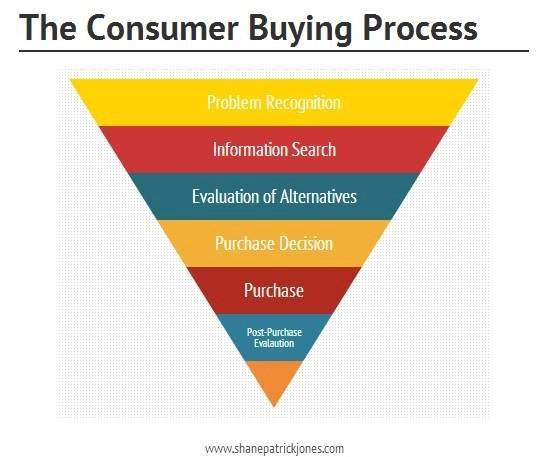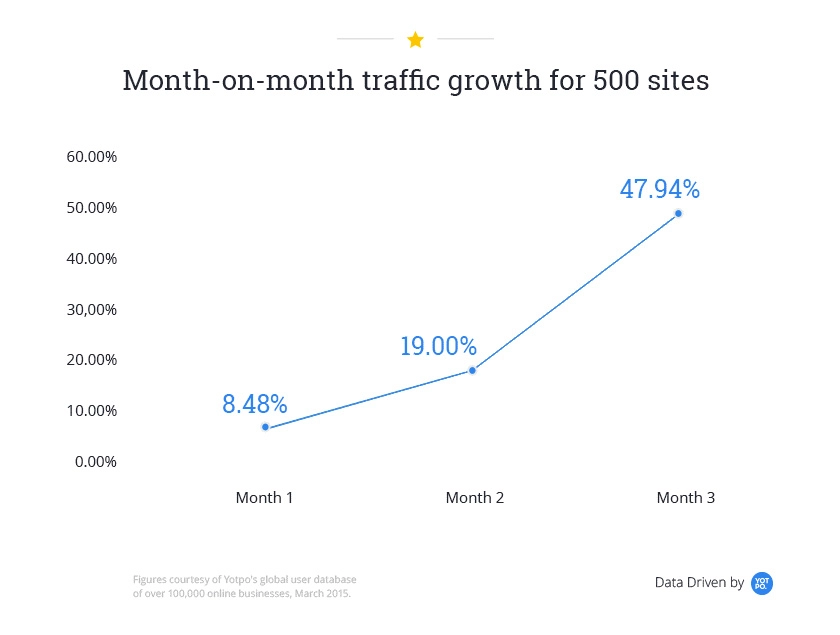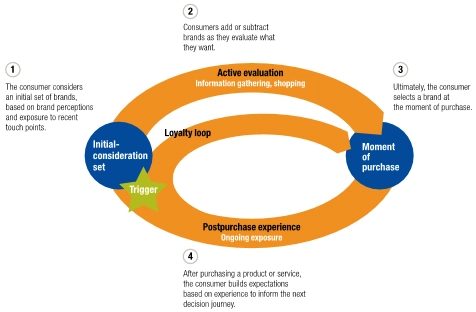
Introduction
Buying and selling a product or service is not as straight-forward as it seems. There are several emotional as well as psychological aspects that play a significant part in confirming the purchase, and that usually goes unnoticed. It’s vital that companies take stock of purchasing decisions that involve less perceived factors to deepen their understanding of buyer roles and expand engagement across the target audiences. To start with, learn more about the various steps involved before customers make the final decision, and find out how that can be applied to develop an exceptional sales methodology.
The Levels of Buying Decisions for Business Purchases
A recent study by the Australia Post observed that there are four major channels contributing to around 92% of an individual’s purchase decision. These include effective direct mail campaigns, television advertising, flyers or catalogues and attractive websites. In order to ensure that the buying decision process goes smoothly, accurate information is required for interested clients; that means there should be a clear process for connecting them with the relevant team. Decision making is significantly increased if you provide additional resources like guidance manuals or FAQ sections on the website to readily resolve their concerns. A proactive customer service team will further benefit from the consultative selling aspect of business decision making thereby having major influences on business buyers.

Source: shanepatrickjones
Problem Recognition
The initial stage of problem recognition occurs when a consumer recognizes that there is a disparity between their ideal state of affairs versus the current state, i.e. they have a requirement that must be fulfilled to experience fulfilment. It is at this point that a business can maximize engagement, once they have a clear understanding of their target demographic.
Some of the more popular strategies used by companies include penetration pricing for new products in the market or an advertising campaign to draw attention to a specific brand. For example, a college student needs more laundry detergent, and decides to make a run to the nearby supermarket for a discounted deal on the product. Typically, the problem recognition happens when a consumer faces internal stimuli (e.g. stress, anxiety, hunger) or external stimuli (e.g. peer pressure, glamourous social media ads, word of mouth).
Information Search Process
The next step is when consumers start searching for the best possible solution to tackle their problem. Here’s where your sales team can accelerate the process by sharing helpful information to sway the potential client in your favour. Gaining a deeper understanding of the specifications required by the buyer is also valuable, in order to build tailored strategies via content marketing. For instance, your website can include pertinent keywords in line with potential consumers’ expectations. In the age of social media and convenient access to digital resources, it is essential that your website and social media channels possess a unique visual appeal.
Evaluating Available Alternatives
Consumers have an idea about the kind of product or service they are seeking, and will actively hunt for a great deal. This selection process is based on the pricing of a product, individual tastes, cultural background, the quality promised, etc. Consumers will take the help of immediate networks such as friends and family, read through online reviews about the concerned brand and ultimately, pick the commodity that best meets their criteria. At the business side, you can explore means of promoting the outstanding product or service you offer with evidence such as customer testimonials, internal surveys and independent reviews of the brand. For instance, this graph demonstrates organic growth in website traffic over 3 months on 500 sites after reviews were added.


Source: yotpo
Purchase Decision and Purchase
Before the buyer can come to an arrangement with their shortlisted supplier, there are multiple negotiations to narrow down the best price, method of payment and any available discount. There is also a confirmation of the preferred date of delivery and other contractual obligations, especially if this is a bulk order.
Once the order is completed and delivered on time, the client may explore additional stages in the process including a review or evaluation procedure to assess the overall performance and value of the product, and decide whether to remain with their supplier for future requirements. In case the quality of the product or service does not match what was promised, there may be certain fines or penalties imposed on the company.


Source: McKinsey & Company
Evaluation of Decision Post-Purchase
When the business purchase is executed, the client will have questions like whether it addresses the need, and whether it exceeds the expectations. Ultimately, a business aims to build life-long loyalty from the consumer’s perspective, and create a lasting relationship. If the product was defective or failed to impress, it may damage the brand reputation permanently in the eyes of said client. On the flip side, a stellar product and impeccable delivery can assure you of a repeat customer who will spread the word about your business!
The B2B Decision Making Process

In a survey conducted by B2B Marketing and gyro, out of the 113 B2B global marketers that participated, two-thirds mentioned quality of content, level of research and expertise are the top priorities when deciding on the vendor they want. To put it simply, during a standard B2B purchase decision, multiple needs might come into play (as seen in the above figure). The degree of significance given to the interplay of each quadrant is based on the type of culture in the company, type of people and the strategic advantages presented by the product or service in question.
Our blog
Latest blog posts
Tool and strategies modern teams need to help their companies grow.

In the absence of a solid lead scoring system, your sales team will spend time pursui...

Programmatic ABM combines the effectiveness of targeted engagement with automation. I...

Take advantage of the year-end holiday rush so you can boost your SaaS revenue and st...





